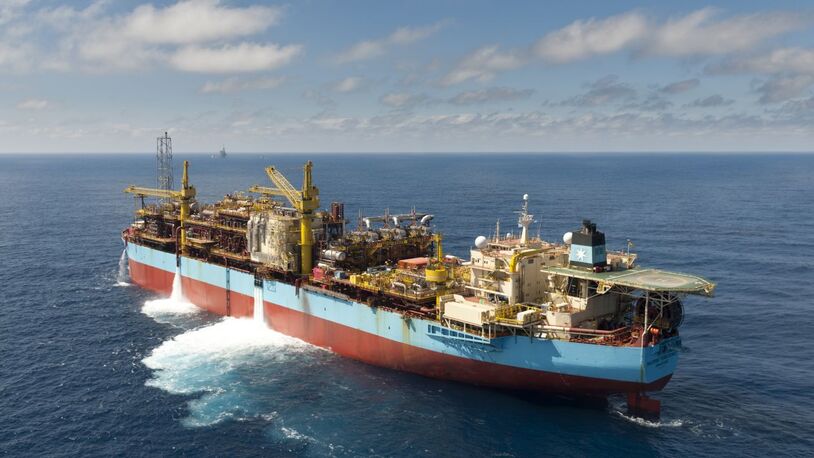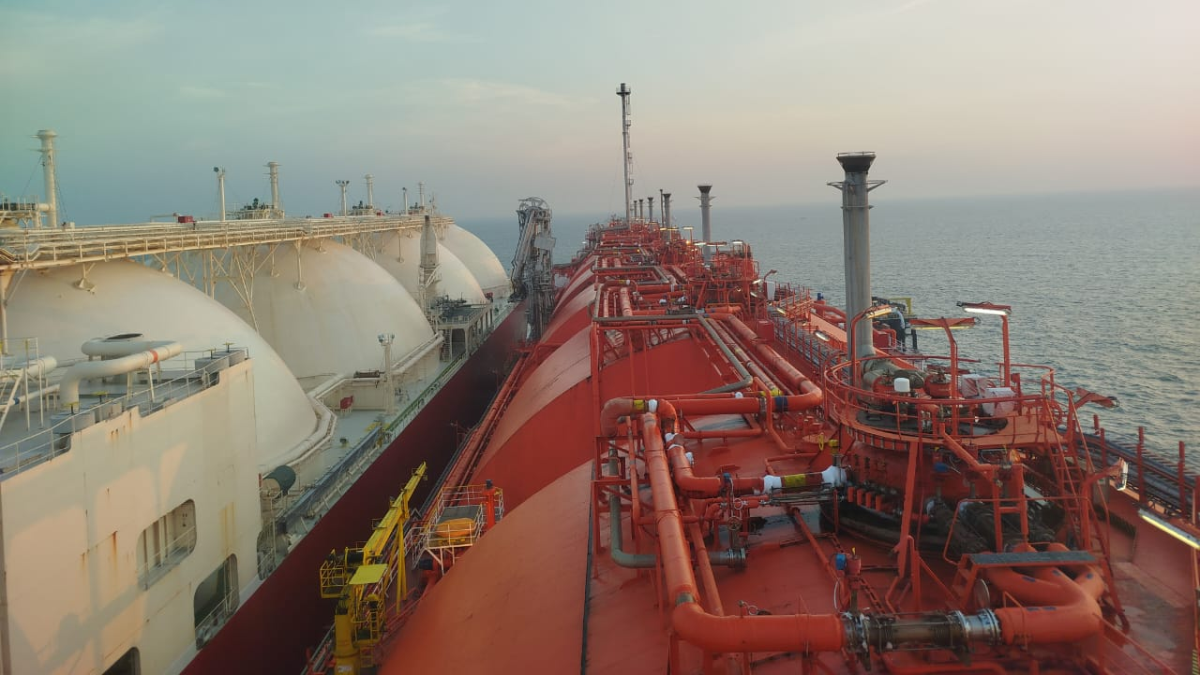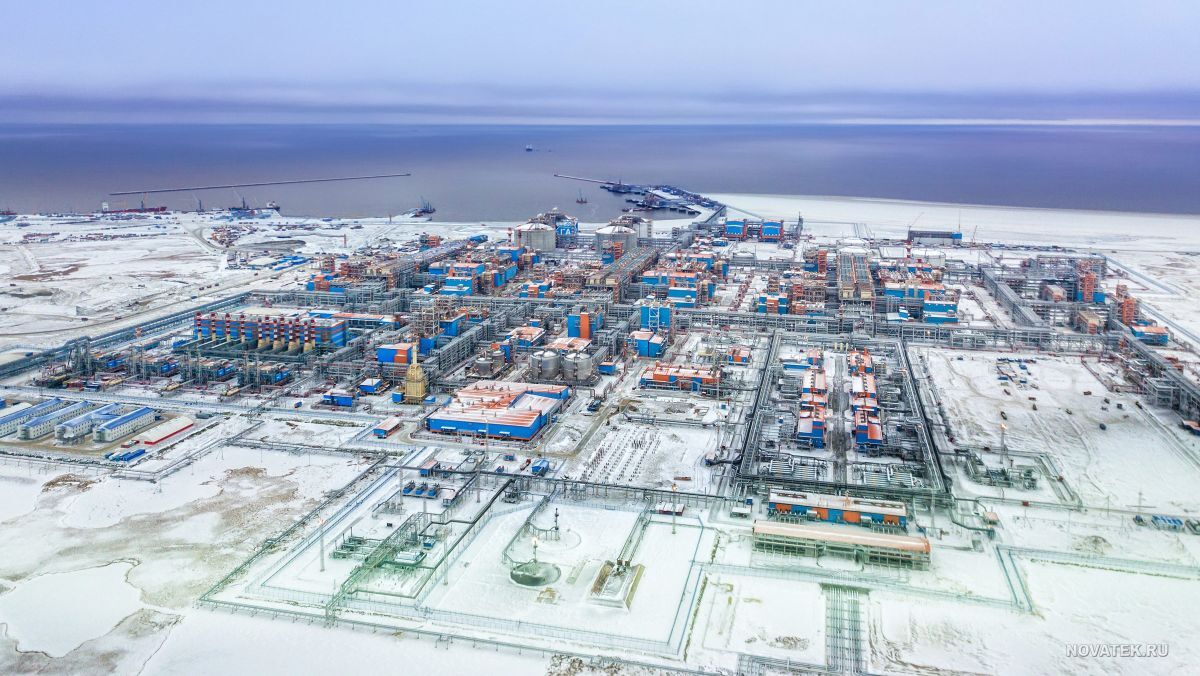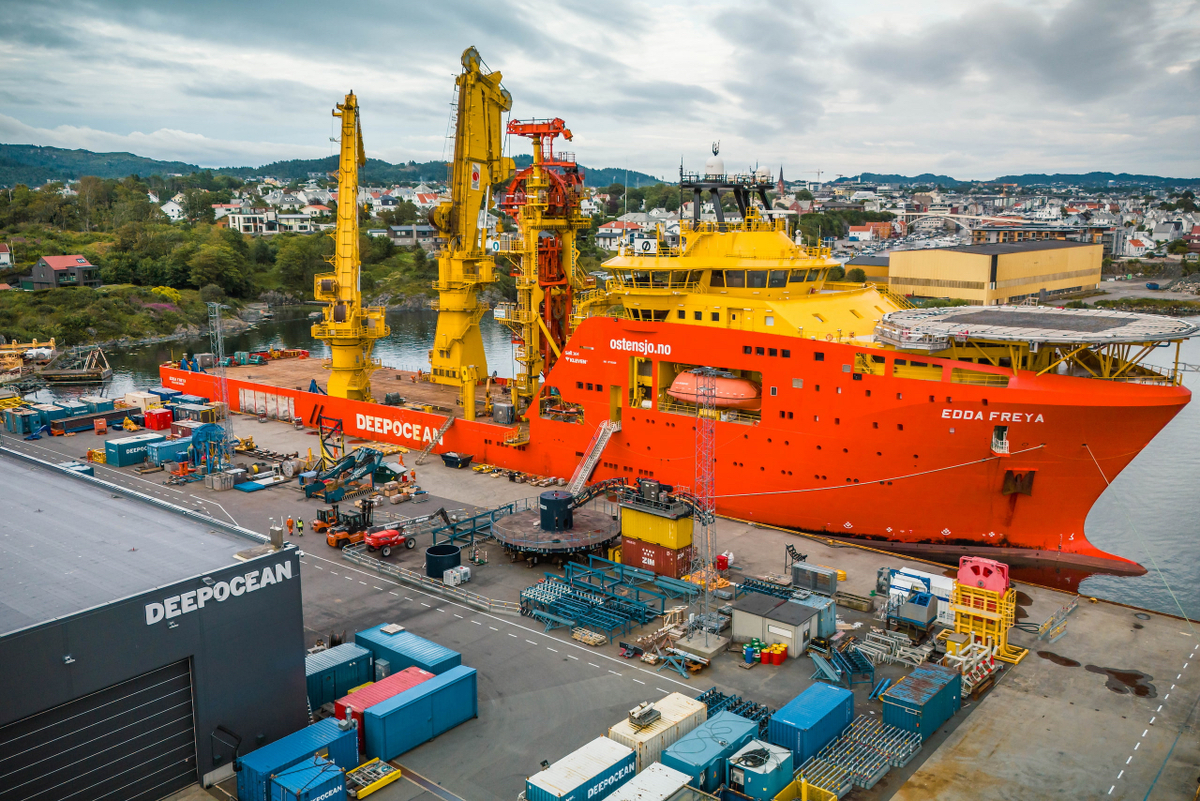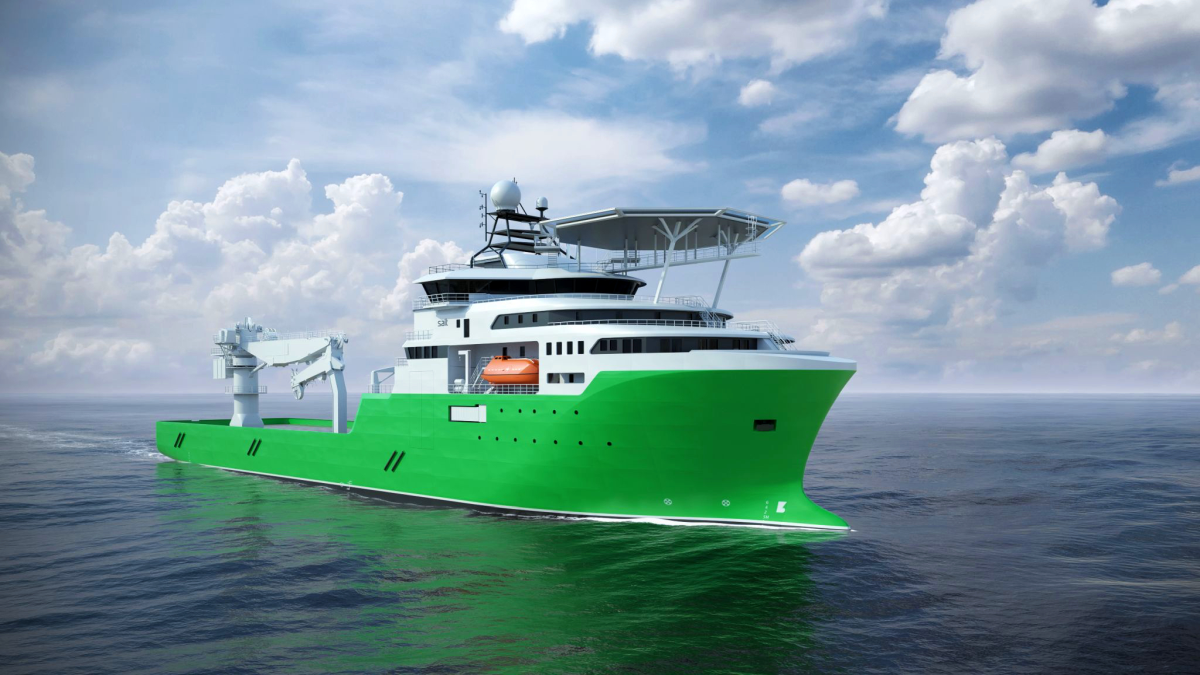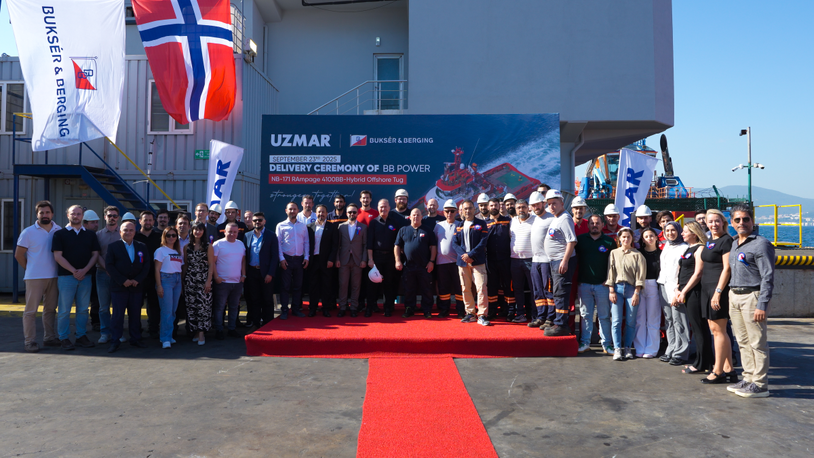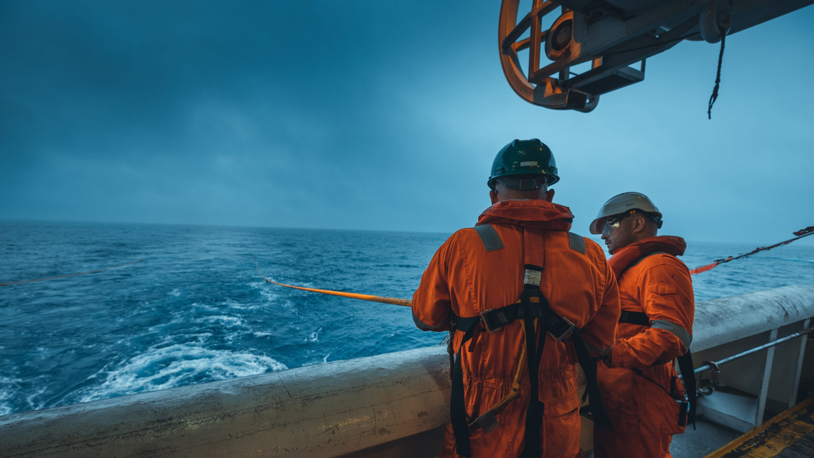Business Sectors
Events
Contents
Joint project will develop new rules for subsea lifts
As oil and gas development enters deeper water, so the risk related to lifting operations is increasing. And as subsea operations become increasingly important, so the number of lifting operations conducted from offshore vessels is growing.
“Existing standards and regulations don’t really meet this challenge. This is why DNV has initiated a joint industry project to ensure a more unified, safer approach,” Robert A Oftedal, DNV’s business development leader for cranes and lifting, told OSJ.
As Mr Oftedal explained, the rapid development of new types of subsea cranes and lifting appliances has been driven by the demand for increased lifting capacity, operation in deeper waters, and the increasingly widespread use of heave compensation systems (both active and passive).
“The rapid pace of technical development and new types of operation have created a number of technical and operational challenges,” Mr Oftedal told OSJ. “Ensuring proper design and correct operation, as well as regular inspection and maintenance, is crucial for not only the reliability of a lifting appliance, but also the safety of the personnel and equipment involved.”
Unfortunately, standards for subsea lifting have not kept up with the rapid pace of development. “Instead, the required safety level has been defined by clients’ specifications, technological boundaries and manufacturers’ considerations, rather than regulatory documents acknowledged by all the stakeholders involved,” Mr Oftedal explained. “Some client specifications are also based on vessel-to-platform lifting, and not subsea lifts. This situation is a challenge when contracting new equipment.
“This is why DNV has invited the industry to develop a unified approach concerning important aspects of subsea lifting. The aim is to increase efficiency and safety during the equipment’s design, operation and maintenance phases,” he said.
Currently, companies involved in subsea lifting operations use a number of different rules and regulations, including DNV 2.22 and EN 13842. They also make use of guidelines developed by the International Marine Contractors Association (IMCA), but none of these was developed with subsea operations specifically in mind.
Mr Oftedal went on to say that they presented the idea of a joint industry project to industry early in 2011 and that “it was enthusiastically received”. “We held a workshop on the subject in Bergen in March and more than 40 companies attended. The steering committee for the project met for the first time in March 2012. We plan to refer to existing standards, but will be closing the gap between what we have currently and what the industry needs.”
Mr Oftedal said that apart from operations taking place in deeper waters and the need to lift heavier loads, lifting equipment itself was also evolving rapidly. He said cranes were getting large and more sophisticated and noted that existing rules and regulations were developed before the widespread introduction of heave compensation systems of the type that are routinely being fitted to subsea vessels.
“We want to look at the new type of fibre rope as well,” he explained, noting that, as has been highlighted in OSJ on a number of occasions, conventional steel rope is too heavy to use in deeper water. “Fibre rope will be essential for deepwater and ultra-deep operations,” he said.
Fourteen industry players have joined the project and are working together to enable DNV to introduce new recommended practice by April 2012. They include: Statoil, Petrobras, Lundin Norway, Marathon Oil Norge, Technip, Subsea7, Saipem, Heerema Marine Contractors, Cargotec, Liebherr-Werk Nenzing, TTS Energy, Huse Engineering (including Rolls-Royce), Samson Rope, and W. Giertsen Services.
New lifting department for Kongsberg Evotec
Kongsberg Evotec, the wholly owned subsidiary of Kongsberg Maritime, has established a department dedicated to developing its crane and lifting products for the offshore supply and subsea segment. The department is based in Molde, Norway, with production taking place at the Kongsberg Evotec headquarters in Gurskøy, Norway.
Initially, Kongsberg Evotec will deliver deck cranes, offshore cranes, subsea cranes and rail cranes including safe deck operation tools with a capacity of up to 400 tonnes. The company will also develop cranes and lifting equipment to meet the challenging offshore and Arctic environments, with a focus on safety, green credentials and operational efficiency.
“Cranes and lifting is an exciting and complementary field for Kongsberg Evotec,” said Tormod Olsen, site manager, Kongsberg Evotec. “Our experienced team is developing an extensive portfolio covering cranes and lifting systems for standard and complex operations, and we are looking forward to launching several new and exciting products and solutions in the future.”
Acquired by Kongsberg Maritime in October 2011, Kongsberg Evotec is a provider of handling technology to the offshore industry. In addition to the new cranes and lifting equipment, engineering and service, Kongsberg Evotec also designs and builds hydraulic power packs, winches, spooling devices, overboard handling equipment and control systems. OSJ
Related to this Story
Events
Offshore Support Journal Conference, Americas 2025
LNG Shipping & Terminals Conference 2025
Vessel Optimisation Webinar Week
© 2024 Riviera Maritime Media Ltd.


